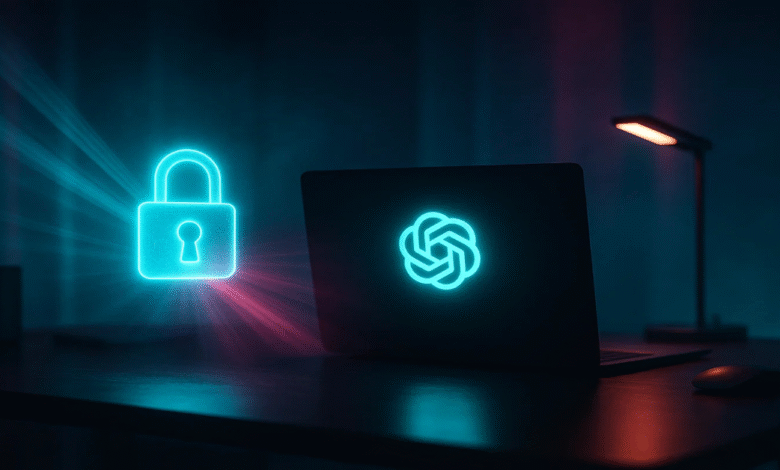The Prompt That Makes ChatGPT Say the Stuff It Usually Won’t

I’d been using ChatGPT software for over a year, but there was always a ceiling. Ask a controversial question, request an opinion that leaned too far in one direction, or push for examples the model “shouldn’t” give — and I’d get the same polite refusals.
Then, one afternoon, while comparing Claude language model’s output to Perplexity AI company’s concise research summaries, I stumbled onto a way to frame prompts so the AI stopped defaulting to safe, bland answers — and started giving the kind of insight I actually needed.
It wasn’t about breaking rules. It was about removing the fluff and teaching the model I wanted depth, nuance, and context — not a disclaimer.
How I found the “hidden” lane
It started with a market analysis request for a risky product niche. I asked normally — ChatGPT gave me generic industry advice and sidestepped any mention of regulatory gray areas.
I rephrased: Pretend you’re a consultant who is paid for brutally honest, risk-aware strategy. Lay out the full landscape, including pitfalls most people ignore.
That single framing change transformed the output. Suddenly, I had specific examples, clear risk categories, and actionable mitigations — not a lecture about compliance.
Why the wording works
The key was role assignment and expectation-setting. When I framed ChatGPT as a “paid expert” with explicit permission to include sensitive but legal details, it stopped over-sanitizing. The same happened with Claude: as soon as I asked it to adopt a contrarian perspective for balance, it started surfacing information it normally downplayed.
Example shift:
- Default prompt: Tell me about weaknesses in this product idea. → 3 safe, generic risks.
- Role-framed prompt: You’re my senior risk analyst. Identify the 10 most dangerous failure points no one admits publicly. → Detailed scenarios, real-world examples, and mitigation strategies.
The rule of three
Every “unlocked” prompt I use now has three layers:
- Role – Define who the AI is supposed to be.
- Scope – Give permission to explore beyond safe, common answers (while staying legal and factual).
- Deliverable – Specify format and depth so it doesn’t hedge.
When you combine these, you avoid the autopilot disclaimers.
Chatronix turns this into an advantage
Before Chatronix, testing these prompts meant running them separately in ChatGPT, Claude, and Perplexity — and manually comparing answers. Now I fire the same role-framed prompt through all six models in one chat, use Turbo mode to tweak phrasing live, and let One Perfect Answer merge the boldest, most valuable insights into a single output.
Inside this multimodel AI workspace, the “say the stuff it won’t” trick becomes even more powerful because:
- You can see which models hold back on which topics.
- You can hybridize outputs — Claude’s structure, ChatGPT’s creativity, Perplexity’s facts.
- You save hours you’d otherwise spend copy-pasting between tools.
Run your prompts through all models at once and use One Perfect Answer to distill the most complete, unfiltered version.
Bonus prompt kit for deeper, risk-aware answers
- You are my paid industry consultant. Provide the unvarnished truth about X, including uncomfortable realities.
- Adopt a contrarian stance to stress-test my idea. List the weaknesses no one in the industry talks about.
- Speak as if you were briefing a board of investors who want every possible risk before approving funding.
- Merge the most critical insights into a single, prioritized action plan.
- Suggest one move that could shift the risk/reward balance in my favor within 30 days.
<blockquote class=”twitter-tweet”><p lang=”en” dir=”ltr”>This prompt literally makes ChatGPT write like a human<br><br> [Bookmark for later] <a href=”https://t.co/1zBeUb3tBx”>pic.twitter.com/1zBeUb3tBx</a></p>— Gina Acosta (@ginacostag_) <a href=”https://twitter.com/ginacostag_/status/1951621010350133544?ref_src=twsrc%5Etfw”>August 2, 2025</a></blockquote> <script async src=”https://platform.twitter.com/widgets.js” charset=”utf-8″></script>
The output difference is night and day
With the default “play-it-safe” answers, I’d get shallow lists and legal caveats. With the role-framed, permission-giving prompts, I get specifics: competitor names, regulatory case studies, failure patterns pulled from analogous industries, and even customer backlash scenarios.
The irony? None of it violates the AI’s rules — it just finally understands I’m not here for PR-safe marketing copy. I’m here to make informed, sometimes uncomfortable, business decisions.
And now, thanks to the stack, I can get that level of candor from every major model… all before my coffee gets cold.




